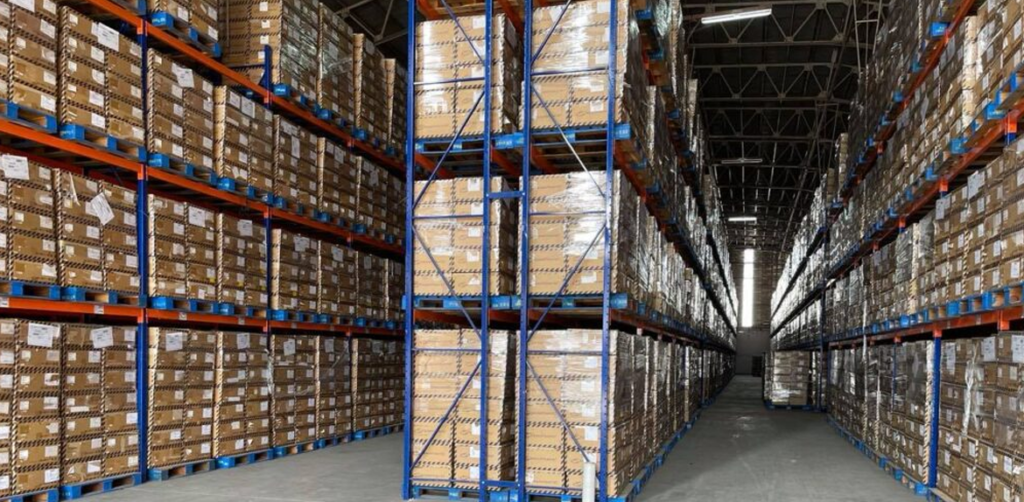With all the problems encountered by the Automated Election System in the 2022 elections, the COMELEC is probably looking to replacing the 106,000+ vote counting machines it currently owns. And there will be a near-universal endorsement of this plan because, who wants to re-use machines that are apparently at the very end of their useful life? So, the COMELEC will be looking to lease new machines for 2025, and it’ll be the worst idea in the world.
In 2010, the COMELEC called for a public bidding for the lease of vote counting machines. The thinking back then was that it would be cheaper to rent these machines since it was expected that the COMELEC would want to use new machines every elections. And so the COMELEC entered into a lease-with-option-to-purchase, or LWOP, with the winning bidder. Interestingly (and pay attention to this part because it will be relevant), the bidder drastically underbid everyone by submitting a bid that was roughly 70% of the approved budget. So while all the other bidders clustered their bids at around the approved budget of around 10 billion, this winning bidder submitted the ridiculously low bid of 7B. Needless to say, our lowest-bid-wins laws all but guaranteed a win.
In 2013, COMELEC wanted new machines, but because Congress didn’t give enough money, the option-to-purchase was activated and COMELEC – and the Filipino people – was saddled with another election cycle using the 2010 machines, plus a few thousands more to account for the increase in the size of the electorate. Why didn’t Congress give enough money? Well, because they thought surely, if you could get the machines for 7B the last time, you certainly don’t need the 10B you’re asking for now.
But here’s the thing. The 7B paid in 2010 was NOT an accurate reflection of the cost of the machines. It was a drastic underbid by a company willing and able to take an unnaturally deep cut to its margin for the sake of winning. Lots of factors went into this ability – such as the bidder actually owning the technology and the manufacturing for what it was offering – but the bottom line was that no one else had that ability. So, when in 2013, Congress gave only 7B, well, there wouldn’t be any takers for that, essentially snookering the COMELEC to activate the option-to-purchase.
In 2016, the age of the 2010-vintage machines as well as the advent of an upgraded versionled to the decision that those dinosaurs would no longer be useful and so Congress authorized the procurement of a new raft of machines. Again, because leasing would be a cheaper solution, these new machines were procured with an LWOP. Which, of course meant that when 2019 rolled around, these machines were still in use because Congress wouldn’t authorize spending more money than it would cost to activate the option to purchase. Just like in 2013.
Ultimately, both in 2013 and 2019, the COMELEC ended up being essentially locked into using machines that were increasingly problematic – both in terms of their use and the public relations baggage they came with. Not to put too fine a point on it, the perception arose that the COMELEC was hanging on to the machines – and the supplier – for shady reasons, when in fact, it was a budget problem all along.
And now in the aftermath of the 2022 elections, the COMELEC seems to be poised to make the same mistake. If the past is any indication, here’s what’s going to happen. COMELEC will ask for money for around 120,000 units of vote counting machines. Congress, reeling from the vcm malfunctions of 2022 will gladly approve the ask. COMELEC will enter into an LWOP agreement with the winning bidder who will probably be the same winning bidder from 2010 and 2016 (because they’re just going to underbid everyone like they did before) and COMELEC will be locked once again into another 6 years of using these machines that, paradoxically, are neither smart themselves nor even represent the smartest choice anymore.
Bleak, I know. But there is a way to break the cycle.

